Supportive Regulatory Frameworks
Supportive regulatory frameworks are playing a crucial role in shaping the Oscillating Positive Expiratory Pressure (OPEP) Market. Regulatory bodies are increasingly recognizing the importance of OPEP devices in managing respiratory conditions, leading to streamlined approval processes for new products. This supportive environment encourages innovation and investment in the development of advanced OPEP technologies. Additionally, reimbursement policies are evolving to cover OPEP devices, making them more accessible to patients. As healthcare providers and manufacturers navigate these regulatory landscapes, the market is likely to benefit from increased product availability and affordability. This trend suggests a positive outlook for the OPEP market, as stakeholders capitalize on favorable regulations to enhance patient care and expand their market presence.
Growth of Home Healthcare Services
The expansion of home healthcare services is a significant driver for the Oscillating Positive Expiratory Pressure (OPEP) Market. As healthcare systems shift towards more patient-centered care models, there is a notable increase in the adoption of home-based therapies. OPEP devices are particularly well-suited for home use, allowing patients to manage their respiratory conditions in a comfortable environment. The convenience and accessibility of home healthcare services are appealing to patients and caregivers alike, leading to a surge in demand for OPEP devices. Market data suggests that the home healthcare segment is expected to grow at a substantial rate, further bolstering the OPEP market. This trend reflects a broader movement towards personalized healthcare solutions that prioritize patient autonomy and comfort.
Rising Awareness of Respiratory Health
There is a growing awareness regarding respiratory health and the importance of early intervention, which is significantly influencing the Oscillating Positive Expiratory Pressure (OPEP) Market. Educational campaigns and initiatives by health organizations are informing the public about the risks associated with untreated respiratory conditions. This heightened awareness is leading to an increase in patient consultations and subsequent prescriptions for OPEP devices. Furthermore, healthcare providers are emphasizing the role of OPEP in improving quality of life for patients with chronic respiratory issues. As more individuals recognize the benefits of using OPEP devices, the market is likely to experience sustained growth. The increasing focus on preventive healthcare measures further supports this trend, as patients seek effective solutions to manage their respiratory health proactively.
Technological Innovations in OPEP Devices
Technological advancements in the design and functionality of OPEP devices are propelling the Oscillating Positive Expiratory Pressure (OPEP) Market forward. Innovations such as smart OPEP devices equipped with sensors and connectivity features allow for real-time monitoring of patient usage and adherence. These advancements not only improve the efficacy of treatment but also enhance patient engagement and compliance. The integration of mobile applications with OPEP devices enables healthcare providers to track patient progress remotely, facilitating timely interventions. As a result, the market is witnessing an influx of new products that cater to the evolving needs of patients and healthcare professionals alike. This trend indicates a robust growth trajectory for the OPEP market, as stakeholders increasingly invest in research and development to create cutting-edge solutions.
Increasing Prevalence of Respiratory Disorders
The rising incidence of respiratory disorders, such as chronic obstructive pulmonary disease (COPD) and asthma, is a primary driver for the Oscillating Positive Expiratory Pressure (OPEP) Market. According to recent data, respiratory diseases affect millions worldwide, leading to a growing need for effective management solutions. The OPEP devices are designed to assist patients in clearing mucus from their airways, thereby improving lung function. As healthcare systems increasingly prioritize respiratory health, the demand for OPEP devices is expected to rise. This trend is further supported by the aging population, which is more susceptible to respiratory conditions. Consequently, the market for OPEP devices is projected to expand significantly, as healthcare providers seek innovative solutions to enhance patient outcomes.


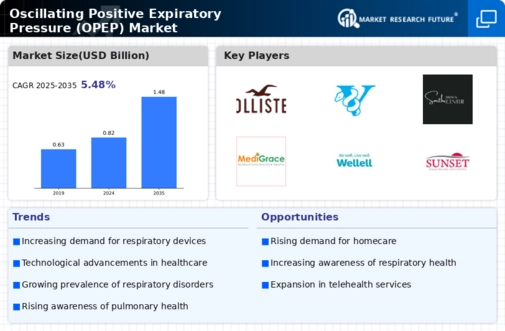
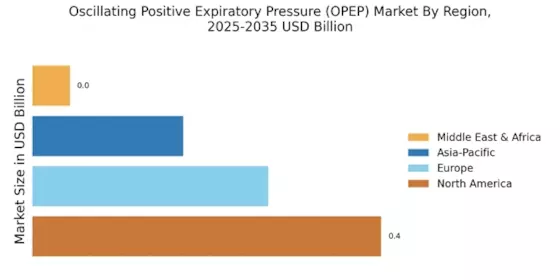
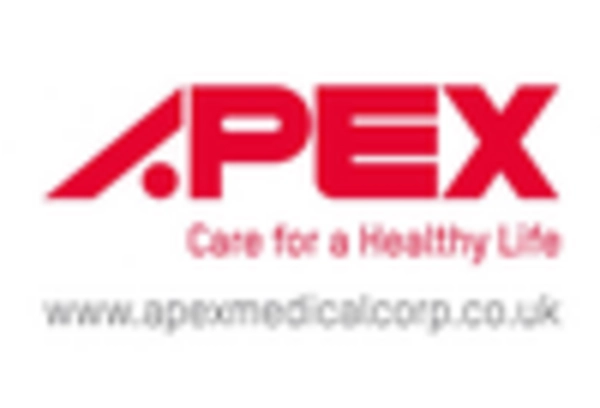

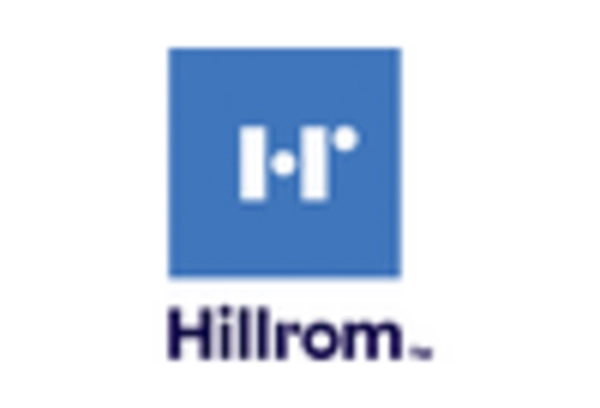


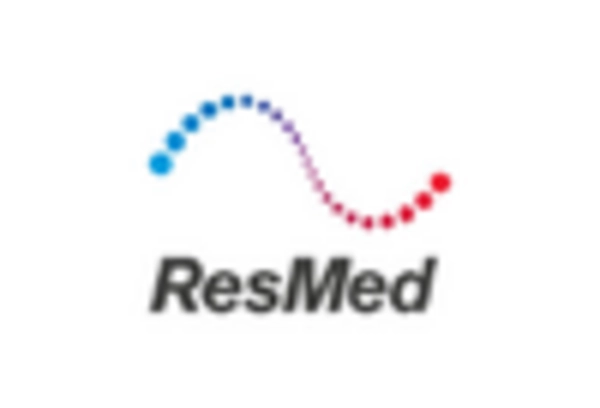








Leave a Comment